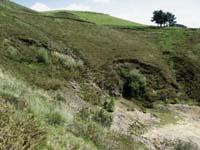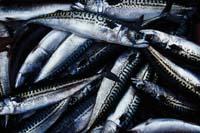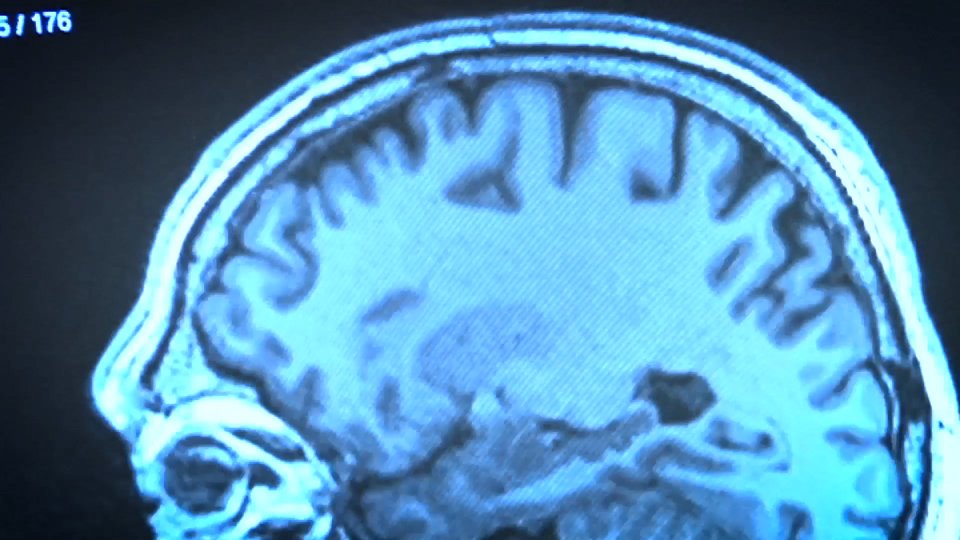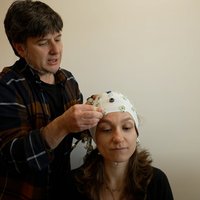Metals and living beings, a complicated relationship

Other metals, in a much smaller proportion in the organism, are as essential as calcium. Cobalt, copper, iron, manganese and zinc are microelements, that is, the amount that the human body needs of these minerals is measured in milligrams, and if the organism does not reach the minimum amount, health problems appear.
Iron, for example, is known because anemia occurs if not enough is taken. It is part of hemoglobin and enzymes involved in energy metabolism. It is not, however, the only metal related to hemoglobin or red blood cells. Cobalt cobalt
It is the component of vitamin B 12, associated with the formation of red blood cells. Copper is necessary to transform iron from hemoglobin and assimilate iron from food. It also participates in the absorption of vitamin C.

On the other hand, manganese activates the enzymes involved in the synthesis of fats and is related to the assimilation of vitamins C and B 1. Zinc is a component of the digestive enzymes involved in metabolism.
In addition to these microelements, there are others that are classified in trace elements. They are nickel, chromium and molybdenum and are needed in quantities even smaller than the previous ones (micrograms). They intervene in the functioning of the area, in the transport of proteins and in the metabolism of glucose, and in the formation of enzymes, respectively.
All the micro and trace elements mentioned are heavy metals. However, heavy metals are of bad reputation for their aggression against the environment and living beings. Of course, as with many other elements or compounds, the key is largely in dosage. However, other heavy metals have no function in the organism and are toxic in the lowest dose. They are mercury, lead and cadmium.
However, mercury, lead and cadmium are found in people's daily lives, as are other heavy metals. Batteries and batteries contain lead, mercury, cadmium and nickel; steel is made of iron, and thanks to this rise the buildings; copper is used to drive the power of light; cars are made of steel, aluminum and copper; appliances and many of the appliances that are used in laboratories as medicine are metallic... It is clear that heavy metals are almost indispensable.

More than dosage count
However, not everything is a matter of dosage, but also of the chemical form in which metals have toxicity. For example, the mercury element is not toxic by mouth, since it is little absorbed and quickly removed. In contrast, mercury vapor is absorbed into the lungs, and chronic and acute poisoning occurs.
In general, organic compounds of metals are more harmful than inorganic compounds, such as organic compounds containing mercury and cadmium are 10-100 times more toxic than inorganic compounds. But there are always exceptions, and in the case of arsenic, inorganic compounds are the most toxic.

In addition, oxidation status also influences toxicity and chromium is a clear example: Cr 3+ is an essential element, but Cr 6+ is very carcinogenic. In addition, there can be interactions between compounds, so its effect on the body can be greater or smaller than individually.
On the other hand, some forms of metals are more useful than others, that is, they are more easily soluble in the environment and arrive at living beings, so they have more chances of damaging them. Factors such as hydrophobicity, temperature, pH, ionic interactions, etc. They influence the availability of metals and the greater or lesser penetration in the bodies of living beings (bioavailability). For example, by increasing the temperature increases the bioavailability of metals, cobalt chloride and copper chloride dissolve much more easily by lowering the pH of the soil from 8 to 7 and cadmium chloride is very toxic in salted water.
Deep damage
In this way, metals can adopt one form or another depending on the conditions, and thus penetrate the organism, for example inhaled, aspirated (plants) or ingested (animals). Then they reach the inside of the cells by different pathways. There it is possible to remove, form a compound and become inert or accumulate in some compartment inside the cell. In these cases, it does not cause damage.

On the other hand, some metals compete with essential metals. Replaced by chain reactions that prevent or modify the functions of biomolecules.
They influence not only metabolism, but also DNA. If they reach the cell nucleus they bind to DNA proteins. Metals also interact with peroxide oxide inside the core and the radical oxhidrile that form oxidize bases or deoxyribose. In addition, the loss of bases can have other consequences, such as the break of double propellers and formation of simple, DNA protein bridges or bridges between two DNA molecules.
In DNA replication, heavy metals inhibit the enzymes involved in the process, leading to errors. They also produce changes in the synthesis of nucleotides and in the processes of methylation of DNA. All these changes affect the structure of DNA and can be a cause of cancer. What's more, although there is no change in the sequence of DNA, heavy metals are able to hinder the expression of genes due to changes that occur in proteins that intervene in the transcription process.

Bioremediation remediation
Heavy metals, therefore, cause serious effects on living things. But it is not the same: some organisms have a great tolerance to heavy metals. Bioremediation is based on the use of living beings (microorganisms, fungi and plants) or their enzymes, which have the ability to absorb metals, accumulate, transform or remove them, to eliminate or neutralize them.
In many places, certain plants are used to clean soils contaminated with heavy metals. In the Basque Country, NEIKER, Instituto Vasco de Investigación y Desarrollo Agrario and the team of Plant Biology and Ecology of the UPV/EHU Jose Maria Becerrilak, for example, are investigating the use of the plant called Thlaspi caerulescens to restore the health of the soils of Karrantza and some areas of the left margin. In fact, in these areas there were mines, so their lands are contaminated with heavy metals (iron, zinc, cadmium, lead).
According to Lur Epelde, who works at NEIKER, soil health is measured by the microorganisms that live there. They are the bioindicators, which study the activity of microorganisms, biomass, biodiversity, etc. And they know what is the state of health of the earth. If the indicators indicate that the soil is diseased, they implement a phytoextraction technique to regenerate the soil, such as the planting of Thlaspi caerulescens.

Despite its small size, it is a plant that extracts large amounts of metals from the soil, making it ideal for restoring contaminated areas. They plant, grow and receive the harvest and replant it. Over time, the health of the soil improves considerably, which is perceived in the microorganisms of the soil. Bioindicators show that the plant favours soil and not only because it cleans it with metals. In addition, the roots of the plants are a source of organic compounds that improve the physical structure of the soils.

Other lines are also being worked at NEIKER. In addition to hyperaccumulators, soil plants that do not accumulate as many metals but grow much, such as wine and sorghum. With this type of plants add chelators (EDTA, EDDS...) to the soil to increase the availability of metals and facilitate the absorption of metals.
It can also take advantage of the absorption capacity of metals by plants through the roots. Lur Epeld acknowledges that they have not yet tested this system at NEIKER, but is suitable for cleaning heavy metals in wetlands and underground waters.
The interaction between metals and living beings is undoubtedly complex and dangerous. But we must not forget that without metals there would be no life, at least the same as that which exists today.




Buletina
Bidali zure helbide elektronikoa eta jaso asteroko buletina zure sarrera-ontzian











